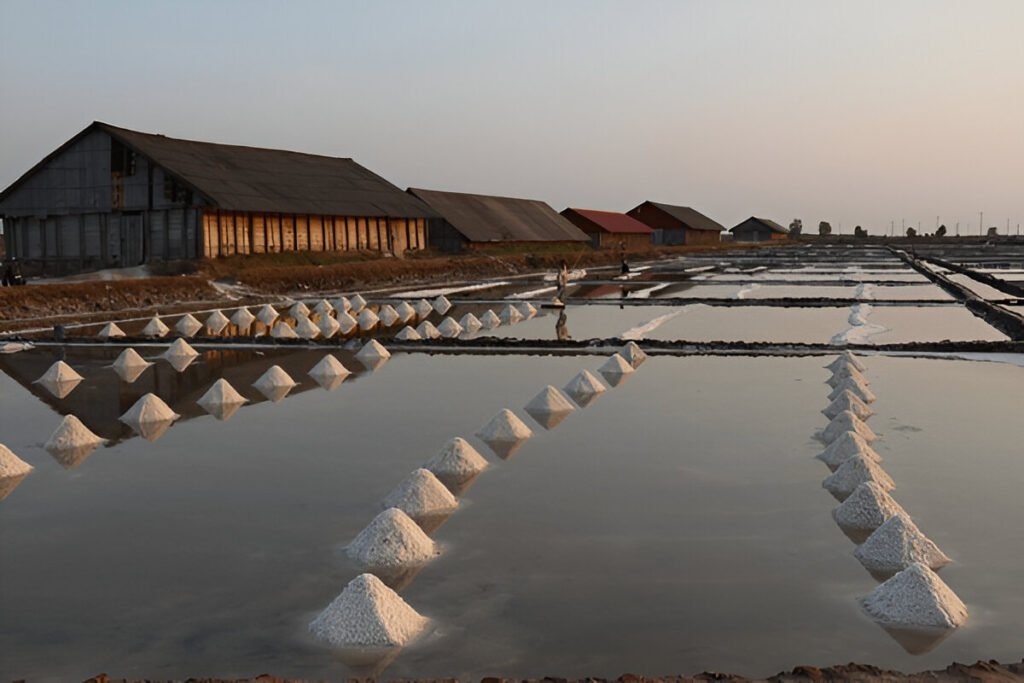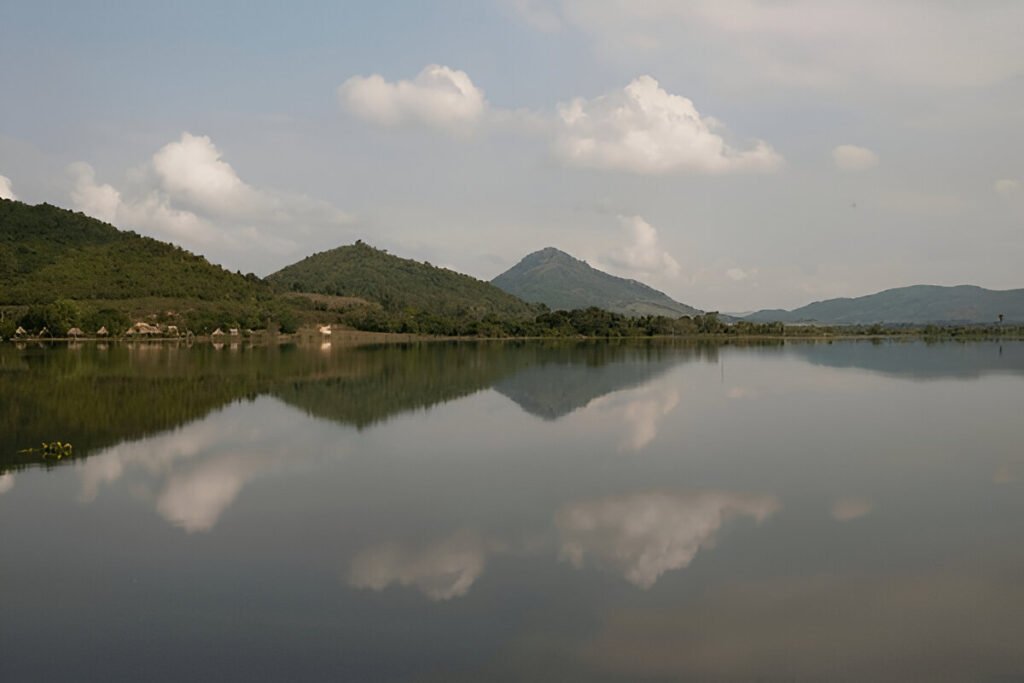Introduction:
Dashilar, a fascinating district located within the heart of Old Beijing, is a perfect blend of tradition and modernity. This historical and cultural precinct, known for its narrow alleys and traditional courtyard houses, represents the city’s old-world charm while also offering a unique look into Beijing’s rapidly evolving contemporary culture.
Unveiling Dashilar: The Intersection of Cultural Epochs
Dashilar, located just to the southwest of Tiananmen Square, is one of the oldest and most iconic areas of Beijing, harboring centuries-old shops and businesses that intermingle with modern boutiques and cafes. Walking down the streets of Dashilar is like stepping into a time machine, where you’re transported across epochs – from the echoes of the Ming Dynasty all the way to the present day.
The district’s architecture is a veritable testament to its rich history, its old gray-tiled "siheyuan" courtyard houses and narrow "hutongs" (alleys) providing a stark contrast to the ultra-modern skyscrapers of downtown Beijing. Simultaneously, the blend of old businesses with new cutting-edge establishments showcases the dynamism of Beijing’s contemporary culture, making Dashilar a living, breathing museum of China’s past and present.
Walking Through Time: How Dashilar Blends Old and New World Charm
Dashilar’s enduring appeal lies in its ability to seamlessly blend the old with the new. The area is home to centuries-old establishments like the Tongrentang Pharmacy, the oldest and most famous traditional Chinese medicine pharmacy in China, and Rui Fu Xiang, a silk store that dates back to 1893. These contrast strikingly with modern, hip ventures like Capital M, a contemporary restaurant with stunning views of Qianmen Gate.
Art and culture enthusiasts will be delighted to discover that Dashilar is also a hub for Beijing’s budding creative scene. The district hosts a number of art galleries, design studios, and craft shops that coexist alongside the traditional businesses. During the annual Beijing Design Week, Dashilar becomes a vibrant exhibition space for innovative design concepts, exhibiting Beijing’s growing prominence in the global art and design scene.
Description of the Attraction:
Dashilar is a bustling district teeming with a blend of traditional shops, modern boutiques, and innumerable eateries. The area’s narrow alleyways and traditional courtyard houses offer a stark contrast to the modern skyscrapers of downtown Beijing, providing a glimpse into the city’s past. This unique blend of history and modernity is what makes Dashilar a must-visit destination.
Things to Do:
There’s plenty to explore and experience in Dashilar. Visit the ancient establishments, sample Peking roast duck at a local eatery, explore the art galleries and design studios, or simply take a leisurely stroll down the historic alleyways. During Beijing Design Week, don’t miss the opportunity to take in the groundbreaking design exhibitions and installations that transform the district.
Local Tips:
The best time to visit Dashilar is during the Beijing Design Week held in late September when the area comes alive with creativity and innovation. Be sure to wear comfortable shoes as you’ll be walking down narrow, cobblestone streets. If you’re looking to communicate with locals, knowing a few basic Mandarin phrases will come in handy.
How to Get There:
To get to Dashilar, you can take the Beijing Subway Line 2 to Qianmen Station, and then walk southward along Qianmen Street. The journey from Tiananmen Square to Dashilar takes less than 15 minutes on foot.
Nearby Attractions:
Within walking distance from Dashilar is Tiananmen Square, the Forbidden City, and the Temple of Heaven — three of Beijing’s most iconic landmarks. Further south, you will find the Pearl Market, a popular destination for shopping and haggling for pearls, silk, and other goods.
Conclusion:
Dashilar is a living testament to Beijing’s rich history and vibrant contemporary culture. Whether you’re a history buff, a foodie, a culture enthusiast, or a shopper, Dashilar has something to offer you. Don’t miss the chance to walk through time and witness the fascinating blend of the old and new in this unique corner of Beijing.






